Oak understory trees?
Oaktown
10 years ago
Related Stories

GARDENING GUIDES13 Japanese Maples for Shade
A surprising variety of these understory trees is waiting to make a statement in your shade garden
Full Story
LANDSCAPE DESIGNLet Nature Inspire Your Landscape: Ideas for a Woodland Garden
Fill your senses with the magic of a wild forest-inspired garden — from shady understory plants to towering treetops
Full Story
LANDSCAPE DESIGNThe Unparalleled Power of Trees
Discover the beauty and magic of trees, and why a landscape without them just isn't the same
Full Story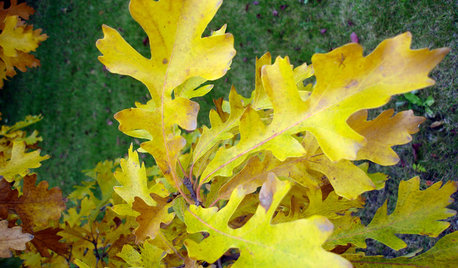
GARDENING GUIDESCelebrate Eastern Oaks for Wildlife, Longevity and Seasonal Interest
There might not be a more important tree to have in your eastern U.S. landscape — if you can fit one in
Full Story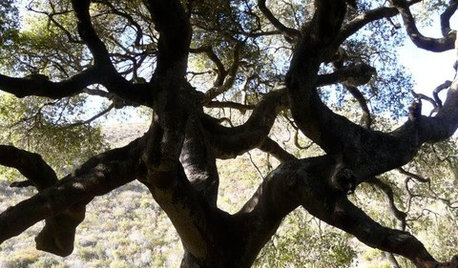
CALIFORNIA NATIVE PLANTSGreat Design Plant: Coast Live Oak
The stuff of legends and memories, this California tree is one to build a whole landscape around
Full Story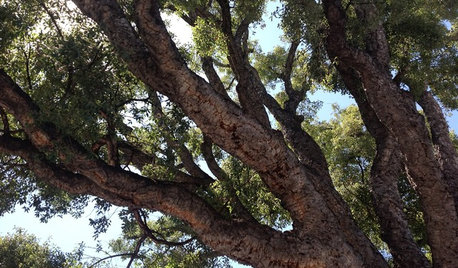
GARDENING GUIDESGreat Design Plant: Cork Oak
Witness an incredible renewable resource being grown while lolling in the abundant shade of this expansive, ever-popular tree
Full Story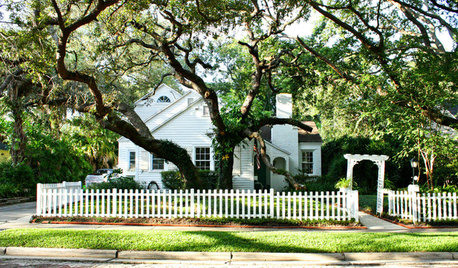
TREESGreat Design Plant: Southern Live Oak Offers an Unbeatable Canopy
Keep it dense or prune it for more light. No matter how you grow Quercus virginiana, it’s a majestic addition to its native landscape
Full Story
ARBOR DAY8 Reasons to Plant a Great Tree
Beauty is its own reward, but the benefits of planting the right tree in the right place go way beyond looks
Full Story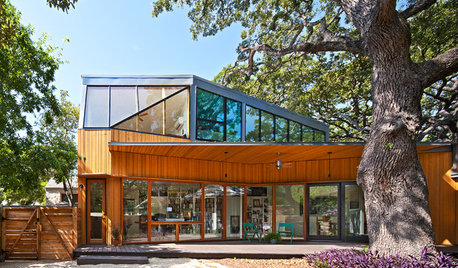
ADDITIONSHouzz Tour: Tree Respect Drives a Dynamic Modern Addition
Protecting a heritage oak calls for creative thinking, and this Texas home shows the successful result
Full Story
LANDSCAPE DESIGN7 Great Trees for Summer Shade and Fall Color
These landscape-pro faves straddle the seasons beautifully. Could one enhance your own yard?
Full StoryMore Discussions






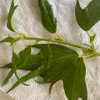
OregonGrape
OaktownOriginal Author
Related Professionals
Reading Landscape Architects & Landscape Designers · Clark Landscape Architects & Landscape Designers · Saint Louis Park Landscape Architects & Landscape Designers · Fort Payne Landscape Contractors · Lynchburg Landscape Contractors · Middletown Landscape Contractors · Paramount Landscape Contractors · Riverview Landscape Contractors · Yukon Landscape Contractors · Greenfield Landscape Contractors · Vadnais Heights Landscape Contractors · Baker Window Contractors · Muttontown Window Contractors · Peekskill Window Contractors · Trinity Window ContractorsOregonGrape
OaktownOriginal Author
OregonGrape
OaktownOriginal Author
CA Kate z9
hoovb zone 9 sunset 23
sf_rhino
OaktownOriginal Author
OregonGrape
OaktownOriginal Author